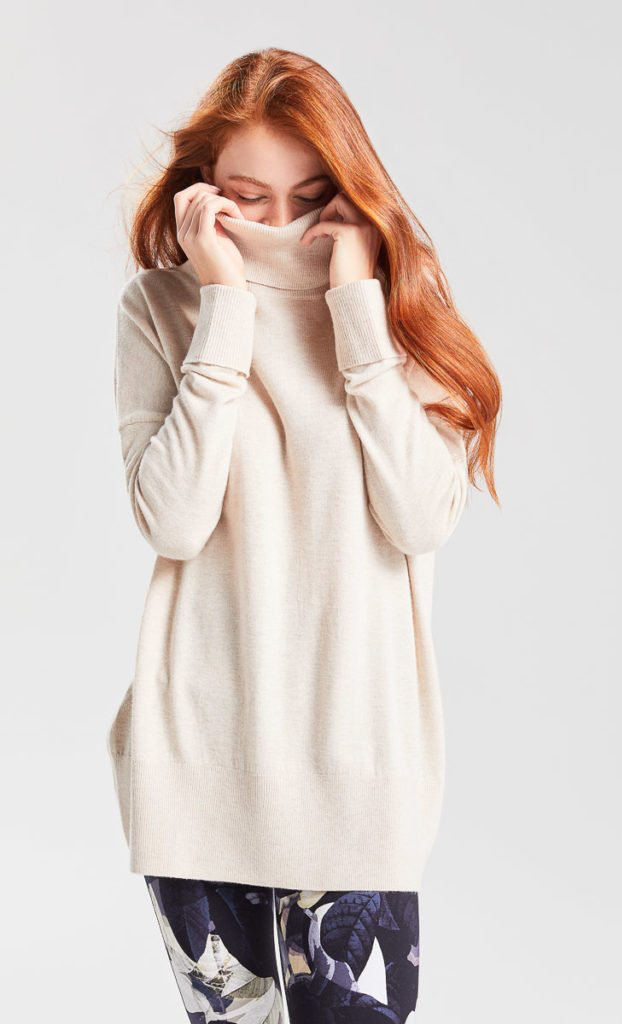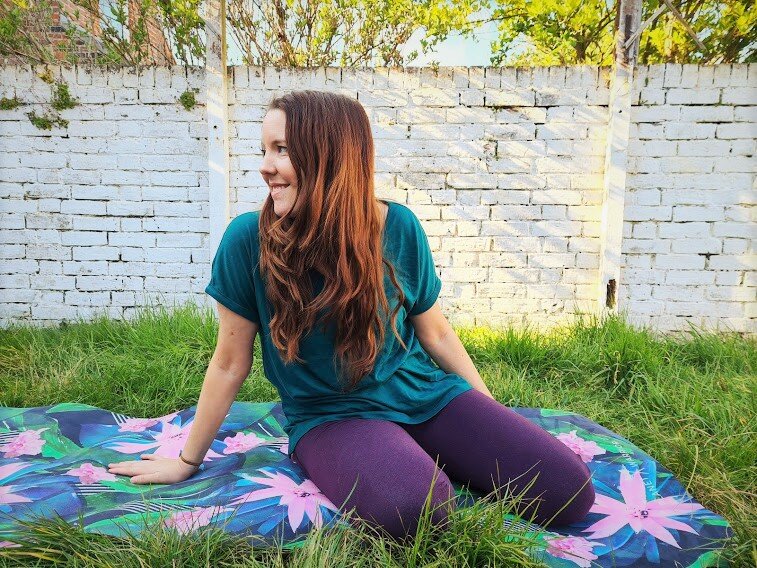Great Merino Wool Base Layers Tips
Wiki Article
Why Are Baselayers Of Merino And Yak Wool Efficient In Winter Sports Clothing Because Of Their Fiber-Based Benefits As Natural As Well As Environmental Sustainability?
Yak merino Wool base layers are very effective in winter sportswear not just because of their performance benefits but also because of the benefits of natural fibers and sustainability for the environment. Renewable and Biodegradable-
Both yak wool and merino fleece are made from natural fibers derived from animals. Renewable resources are harvested sustainably without harming the animal. These fibers are naturally biodegradable and do not cause harm to the environment.
Low Environmental Impact-
Natural fibers are generally less harmful to the earth as compared to synthetic materials. The harvesting and cultivation of wool requires less chemicals and less non-renewable substances when compared to synthetic fibers.
Energy Efficiency
The manufacture of synthetic fibres like polyester or nylon takes more energy. The energy used in the manufacturing process of natural wool is significantly less, which results in lower carbon emissions.
Microplastic Pollution Reduction
Contrary to synthetic fibers that release microplastics when washed natural wool fibers do not cause microplastic pollution in water bodies.
Longevity and Recyclability-
Yak merino clothes are usually durable, lasting a long period of time. In addition, wool fibers can be recycled or repurposed, further reducing the amount of waste and impact on the environment.
Sustainable Practices
Some wool producers adhere to ethical and sustainable practices. This includes ensuring animal welfare and responsible management of the land. It also ensures the fairness of labor and conditions of work for the employees involved in the production process.
Environmental Certification-
The Responsible Wool Standard or the Global Organic Textile Standard, (GOTS) Both are certifications of environmentally and ethically conscious practices in wool production. These standards offer consumers a level of assurance on sustainability.
The base layers of yak merino are sustainable for the environment because they are made from natural and renewable sources, and include ethical and sustainable practices into their supply chain. The reason is that natural fibers are eco-friendly. Follow the best find about merino wool base layer for site advice including womens icebreaker base layer, cheap merino wool base layer, merino wool first lite, smartwool thermal underwear, ski underwear, long johns for skiing, best long underwear for skiing, patagonia merino wool base layer, hh lifa merino, best mid layer skiing and more.

What Are The Benefits Of Bamboo Clothing With Regard To The Softness, Antibacterial Properties Durability, And Renewable?
Bamboo clothing has many benefits, including the softness. Its antibacterial qualities. Durability. It also has the ability to renew.
Bamboo fabric is the most luxurious and silky feeling that is often compared to other luxurious fabrics such silk or cashmere. It is soft and smooth against the skin. This makes it an extremely comfortable and pleasant material to wear.
Antibacterial Properties-
Natural Antimicrobial Qualities - Bamboo is a natural antimicrobial agent called "bamboo kun." This property helps prevent the growth on fabrics of odor-causing fungi or bacteria.
Durability-
Strength - Despite bamboo's softness it's a sturdy material that's long lasting. Bamboo clothing can stand up to regular wear and tear, which makes it suitable for many activities without compromising its quality.
Renewability-
Rapid Growth- Bamboo is an abundantly renewable resource that can grow quickly without the need for pesticides or fertilizers. It can be harvested within only a few years, and has a very low environmental impact.
Sustainability-
The production of bamboo that is eco-friendly and cultivation usually produces less impact on the environment than synthetic materials. Bamboo's rapid growth, its low water requirement, and its ability to thrive in a variety of climates all help to ensure its sustainability.
Biodegradability-
Natural Breakdown - Bamboo clothing is biodegradable which means it is able to decompose naturally after the completion of its life. This decreases the amount of non-biodegradable materials in landfills, and helps to minimize environmental pollution.
Hypoallergenic Qualities-
Less Irritation Bamboo isn't as prone to cause irritation on the skin or allergic reactions compared to some synthetic materials, which makes it a suitable choice for people who have sensitive skin.
Bamboo clothing offers a combination of antibacterial properties and softness that are durable, renewable and sustainability. It is an attractive choice for people who want to wear practical, comfortable and sustainable clothing. These characteristics provide a satisfying experience while wearing and are in line with environmentally-friendly practices. Follow the best bamboo clothing for more info including bamboo pants womens, bamboo yoga clothing, bamboo sweatpants, short bamboo, bamboo apparel, freefly hoodie, ladies bamboo pants, bamboo dress shirt, bamboo terry fabric, shakuhachi clothes and more.
What Are The Differences In The Feel, Texture And Absorption Of Bamboo Or Merino Compare To That Of Wool?
In comparing merino wool bamboo clothing, and traditional wool, we can compare them in terms of warmth, texture, and moisture absorption- Texture-
Merino Wool Merino Wool, sometimes referred to as fine-fibered Wool is renowned for its smoother texture and softer fibers. It is frequently considered to be more gentle to the skin.
Clothing that is made from bamboo- It's a silky, smooth fabric that's often likened to cashmere and silk. It has a gentle and soft feel that makes it very comfortable to wear.
Traditional Wool- The texture can differ. Some types of wool can feel rougher or more likely to cause itching or irritation compared with bamboo clothing and merino.
Warmth-
Merino Wool- Merino wool offers excellent warmth due to its insulating properties. Even when damp, it retains warmth and acts as an excellent insulation in cold winter conditions.
Bamboo Clothing is also warm but isn't as protected as merino. Bamboo clothing regulates body temperature well and is comfortable in all circumstances.
Wool, as with bamboo clothing and merino, is a great insulation. Traditional wool is more heavy than bamboo or merino clothing.
Moisture Absorption-
Merino Wool Merino Wool, with its exceptional moisture-wicking capabilities removes moisture from the skin, allowing it to evaporate. It's warm when wet.
Bamboo clothing - Bamboo fabrics can help wick away moisture and provide comfort during exercise. Bamboo clothing regulates moisture and keeps the wearer dry.
Traditional Wool: Although wool can absorb moister but it doesn't have the same wicking ability as merino and bamboo fabrics. Certain types of sheep's wool may feel damp and heavy after being wet.
Summary The Merino Wool fabric is renowned for its warmth, softness and has excellent characteristics for wicking moisture. Bamboo clothing is smooth and silky texture. It is warm and well-regulated by moisture. Traditional wool may vary in texture and can give warmth and absorption of moisture however, it can feel coarser or heavier in comparison to merino or bamboo clothing. Each type of material has distinctive features that are customized to fit different needs and preferences. Check out the top merino winter clothings url for site recommendations including merino base layer, best baselayers for skiing, ski underlayers, ski underwear, wool undershirt women's, ski base layer pants, warmest base layer for skiing, smartwool merino 250 base layer, terramar merino woolskins, smartwool 250 base layer bottoms and more.

